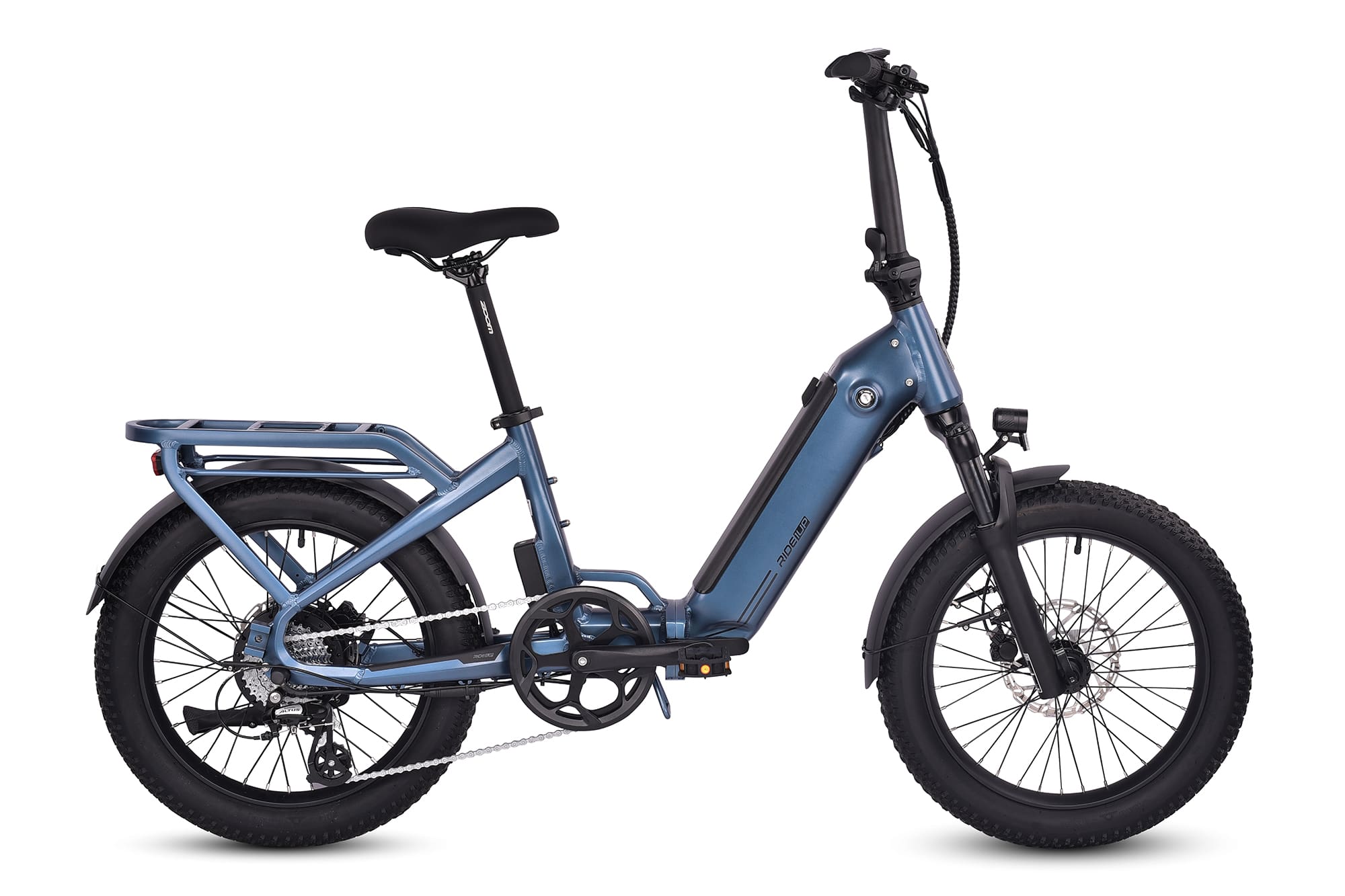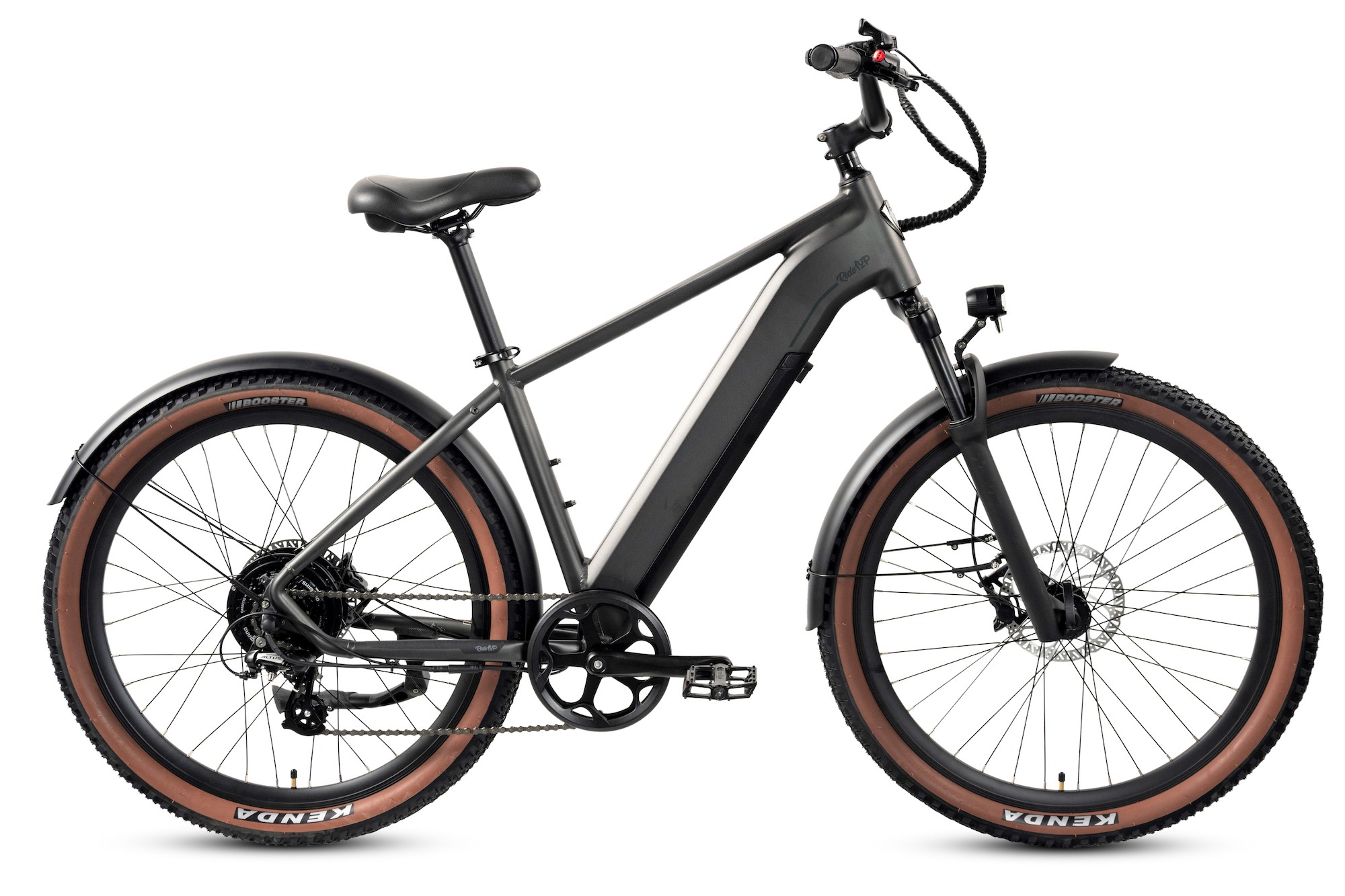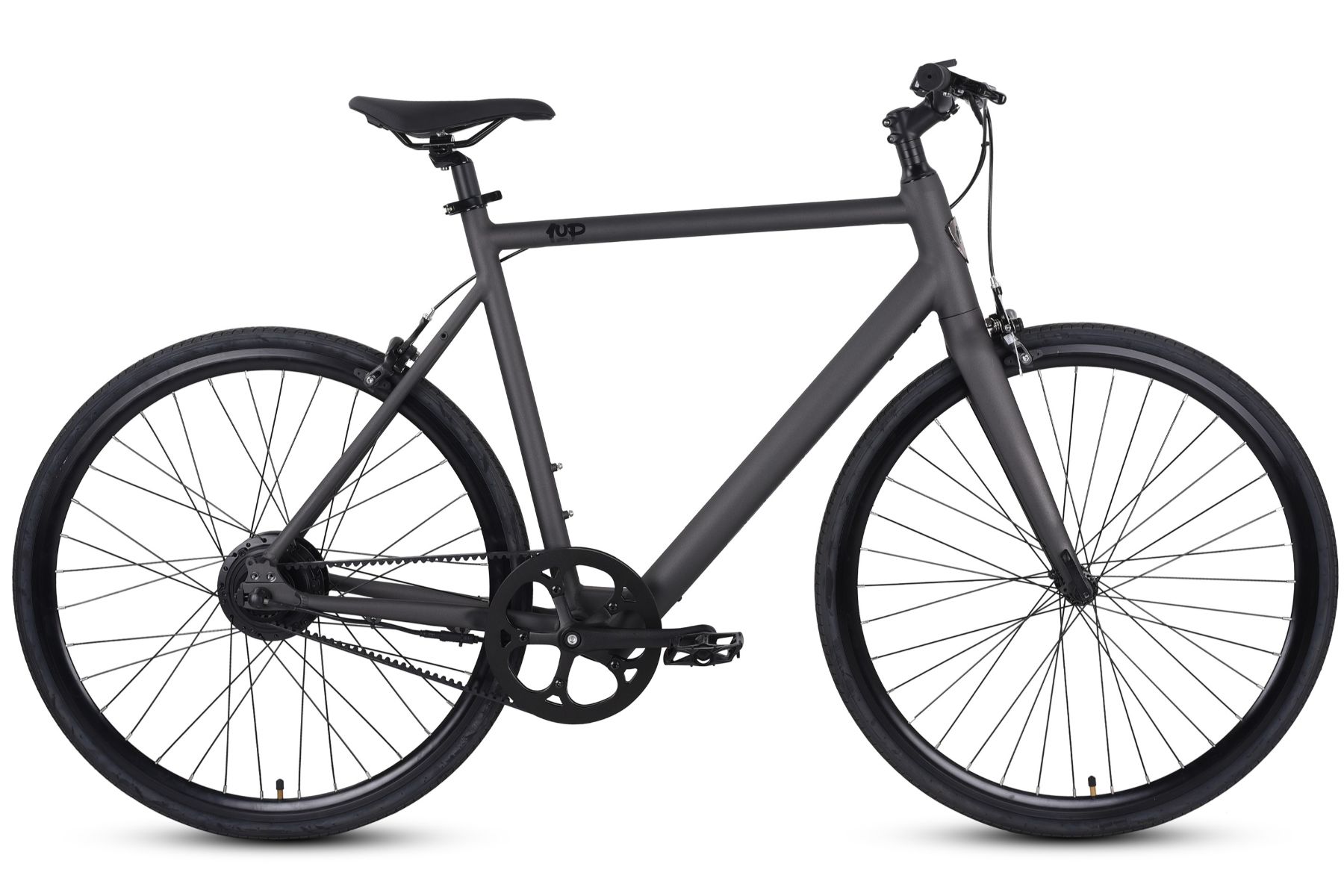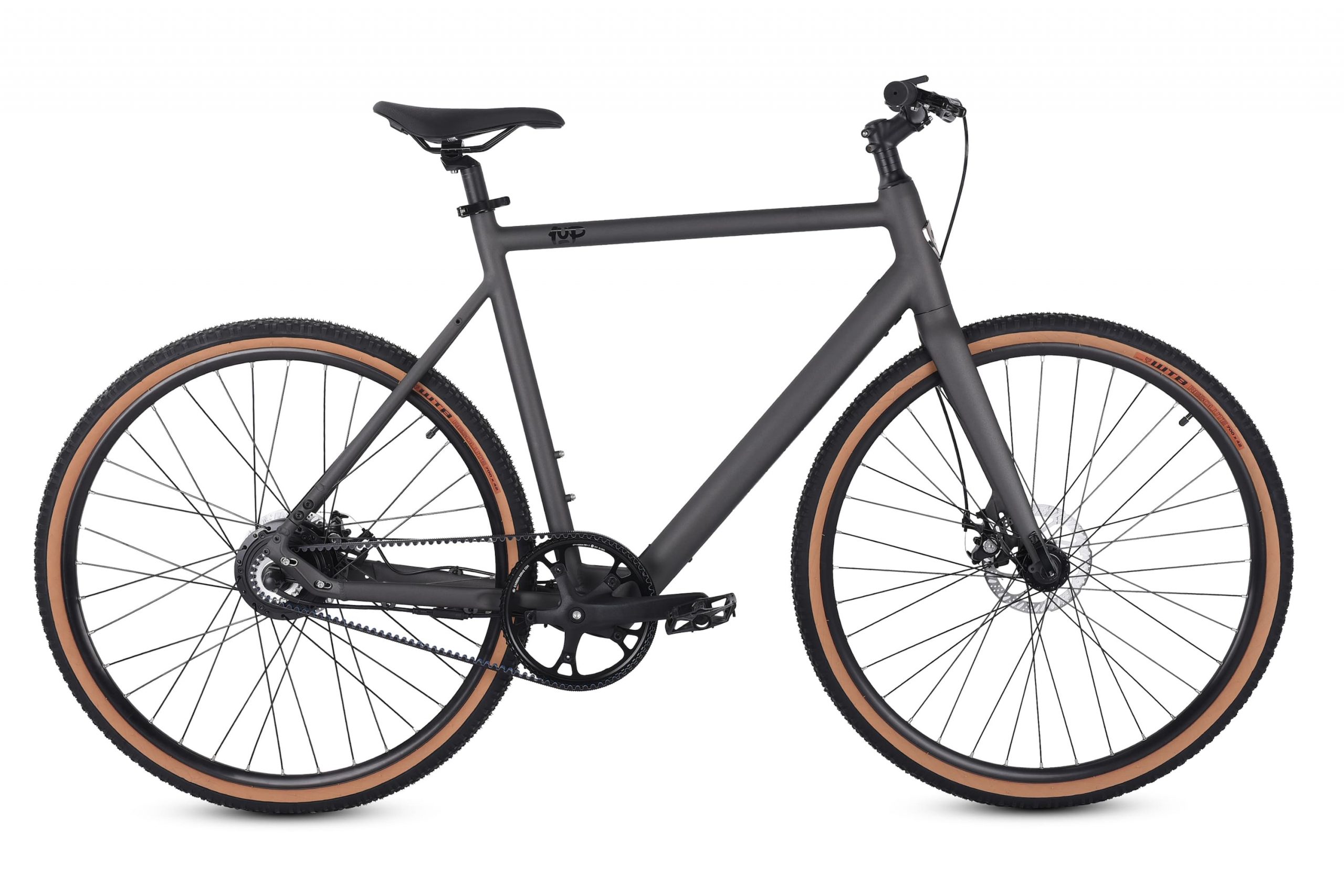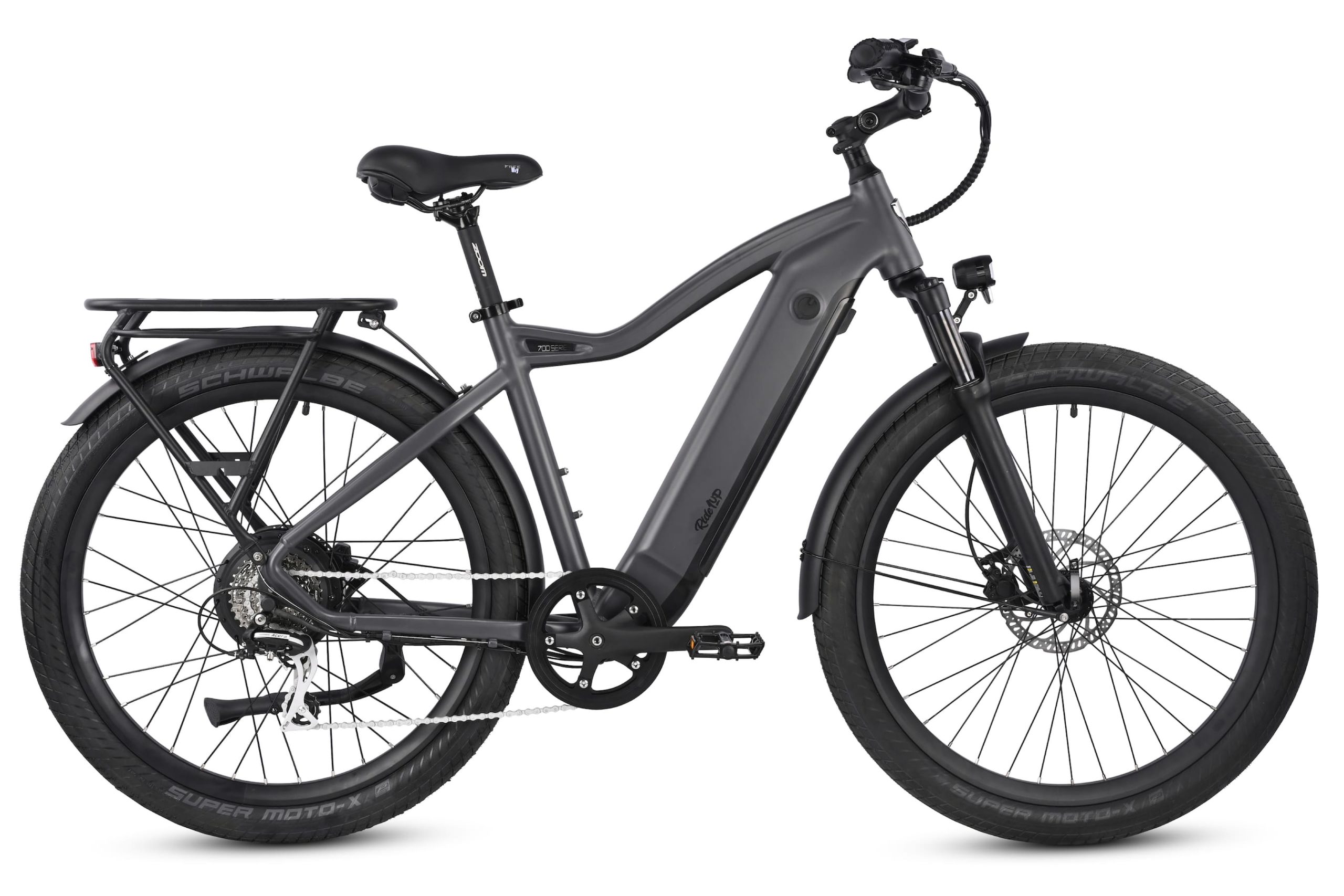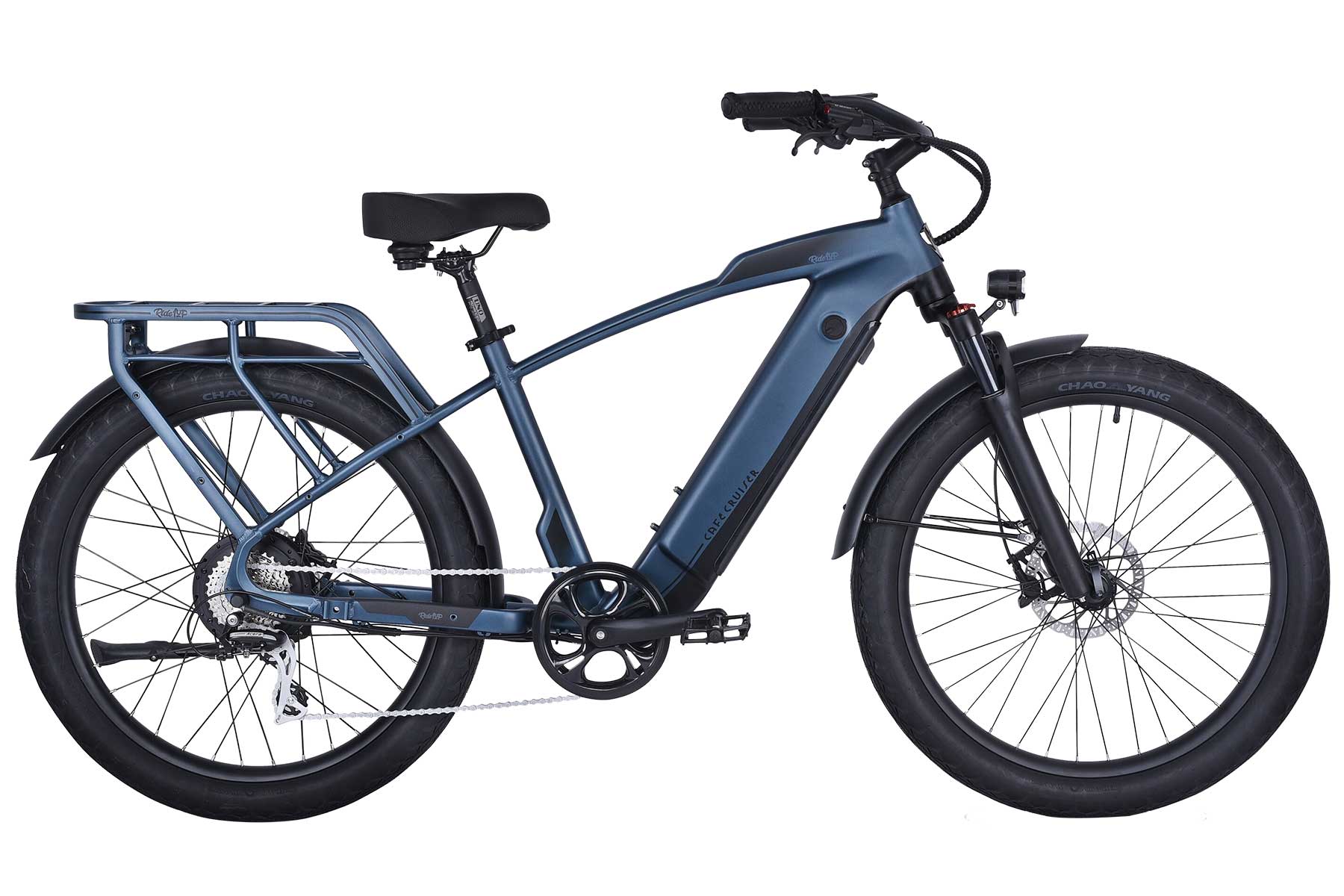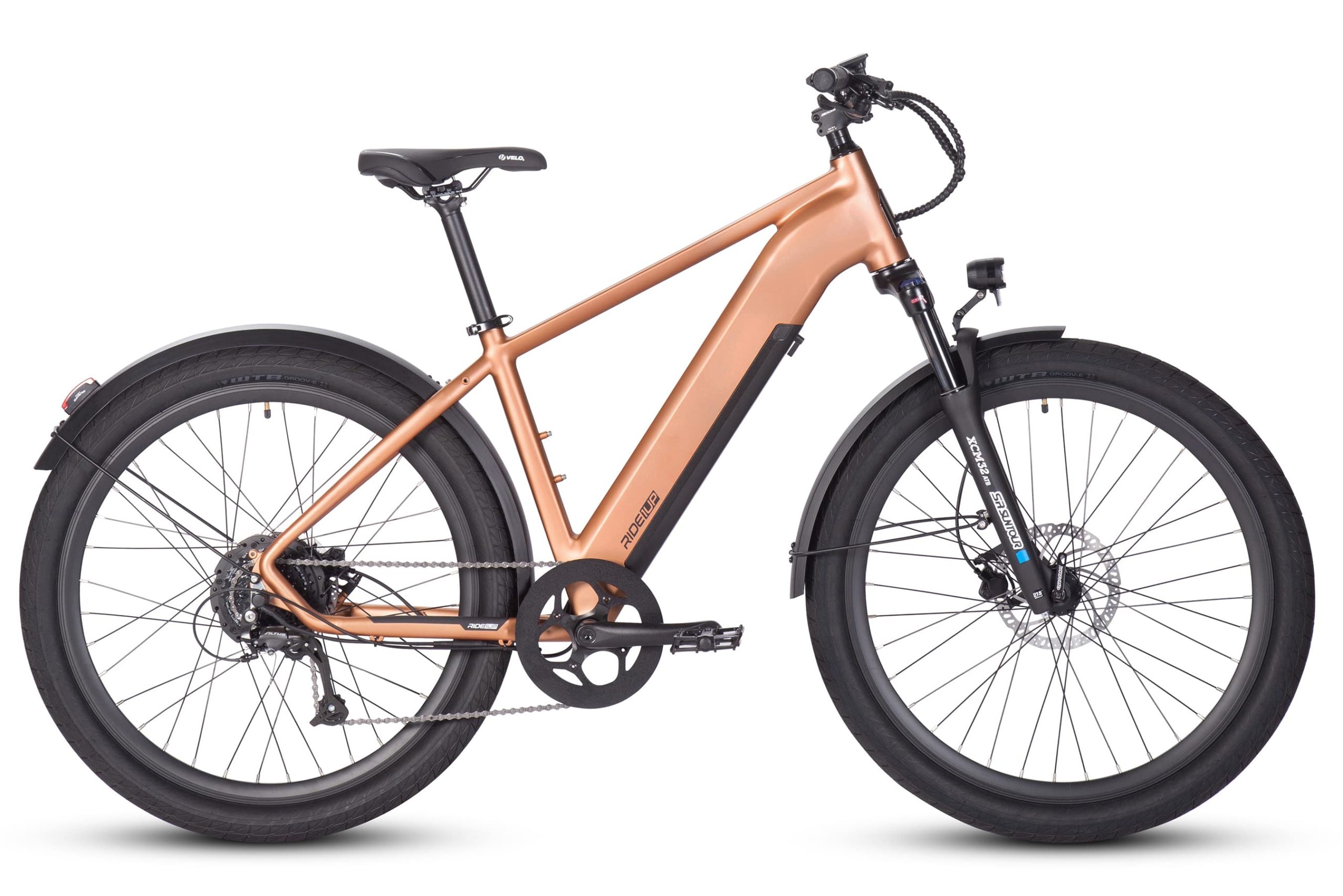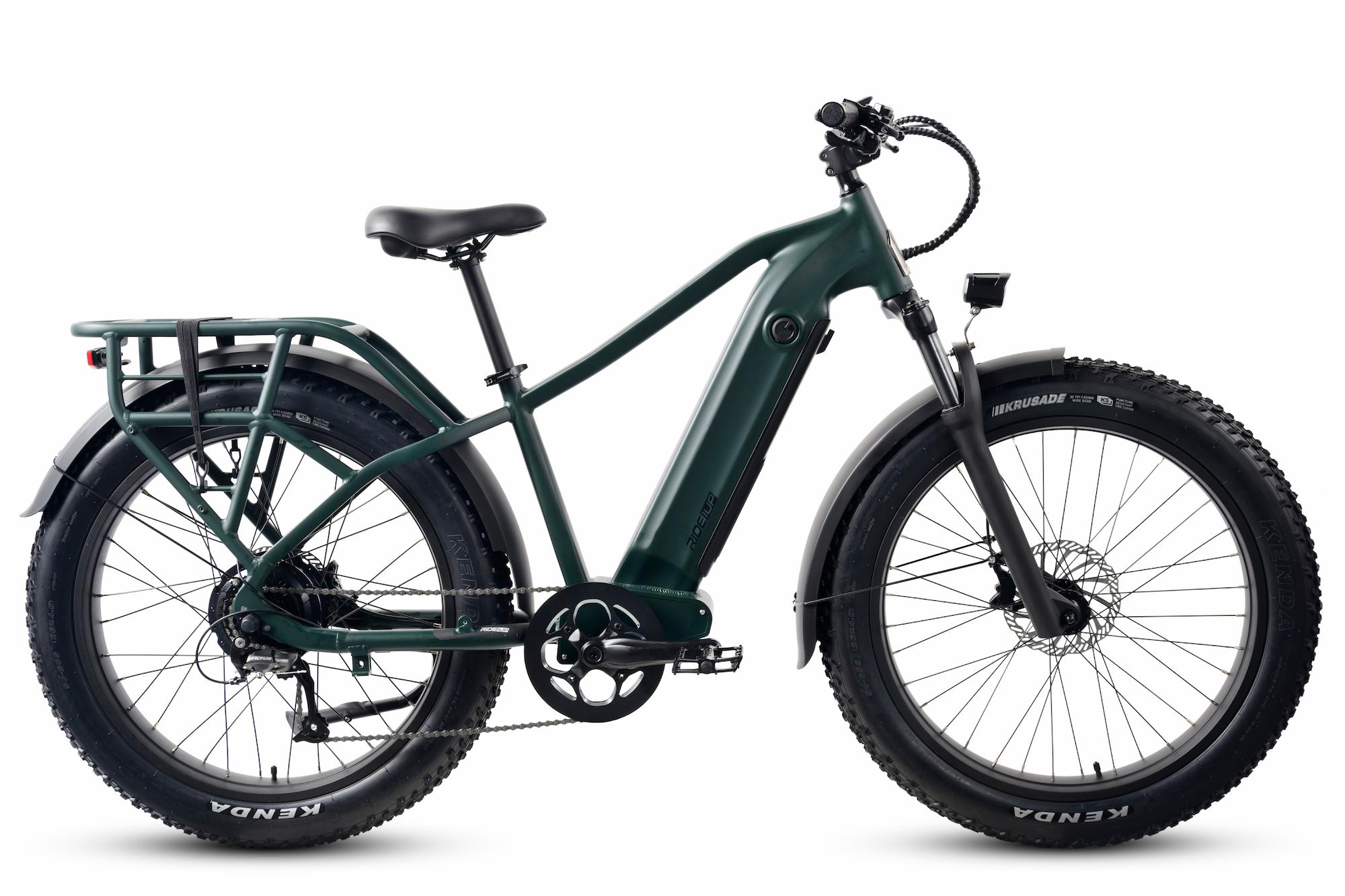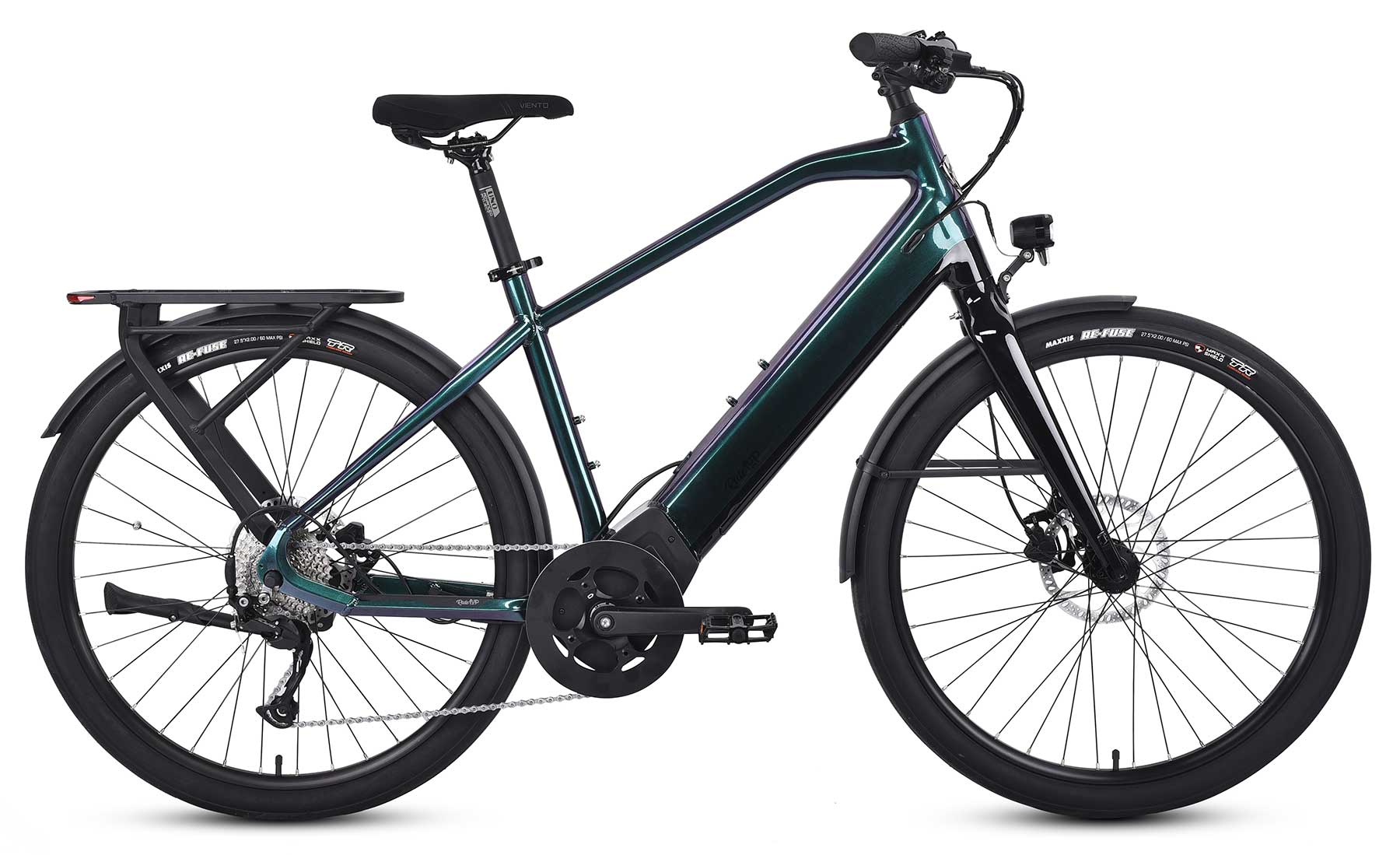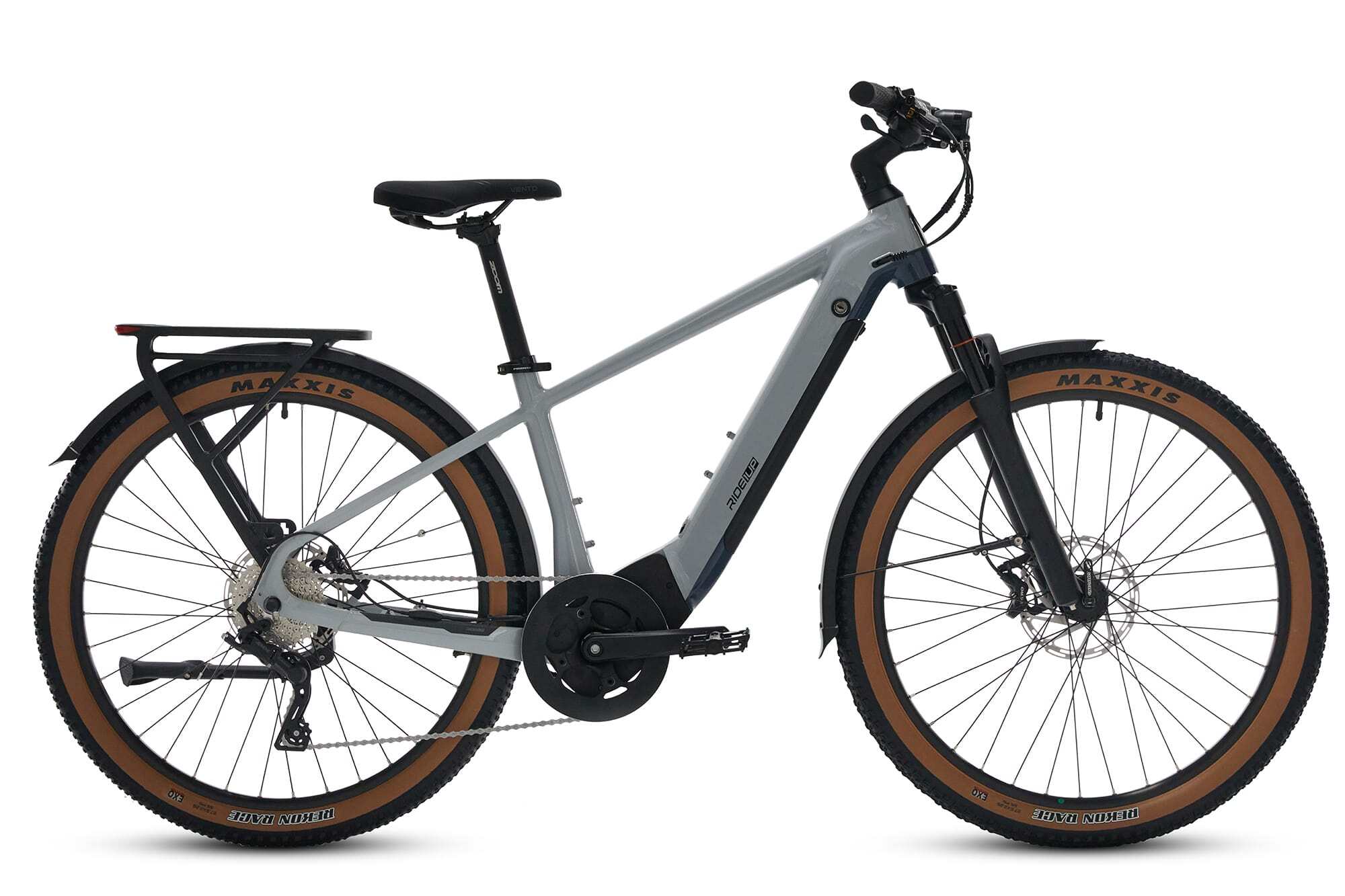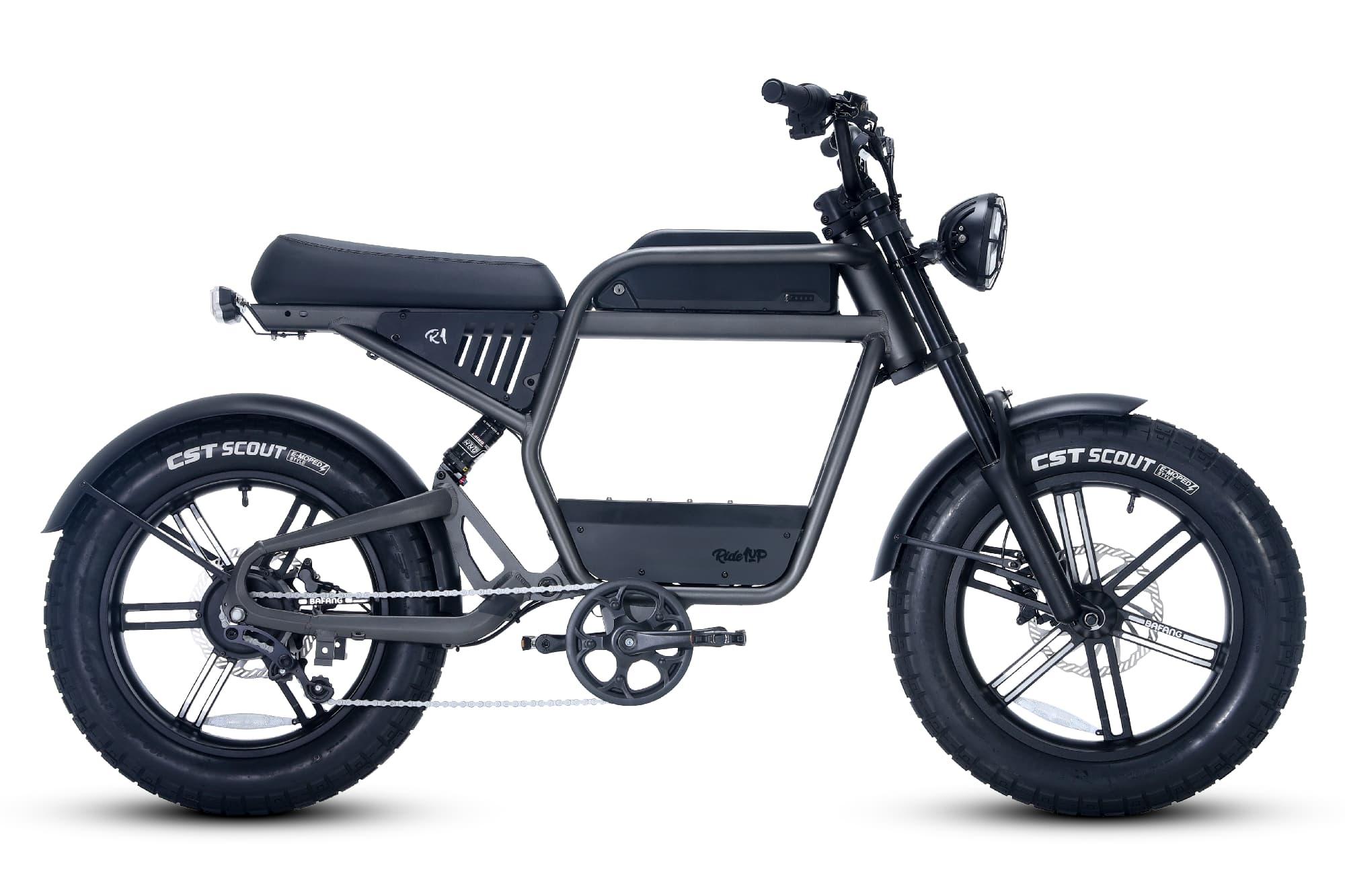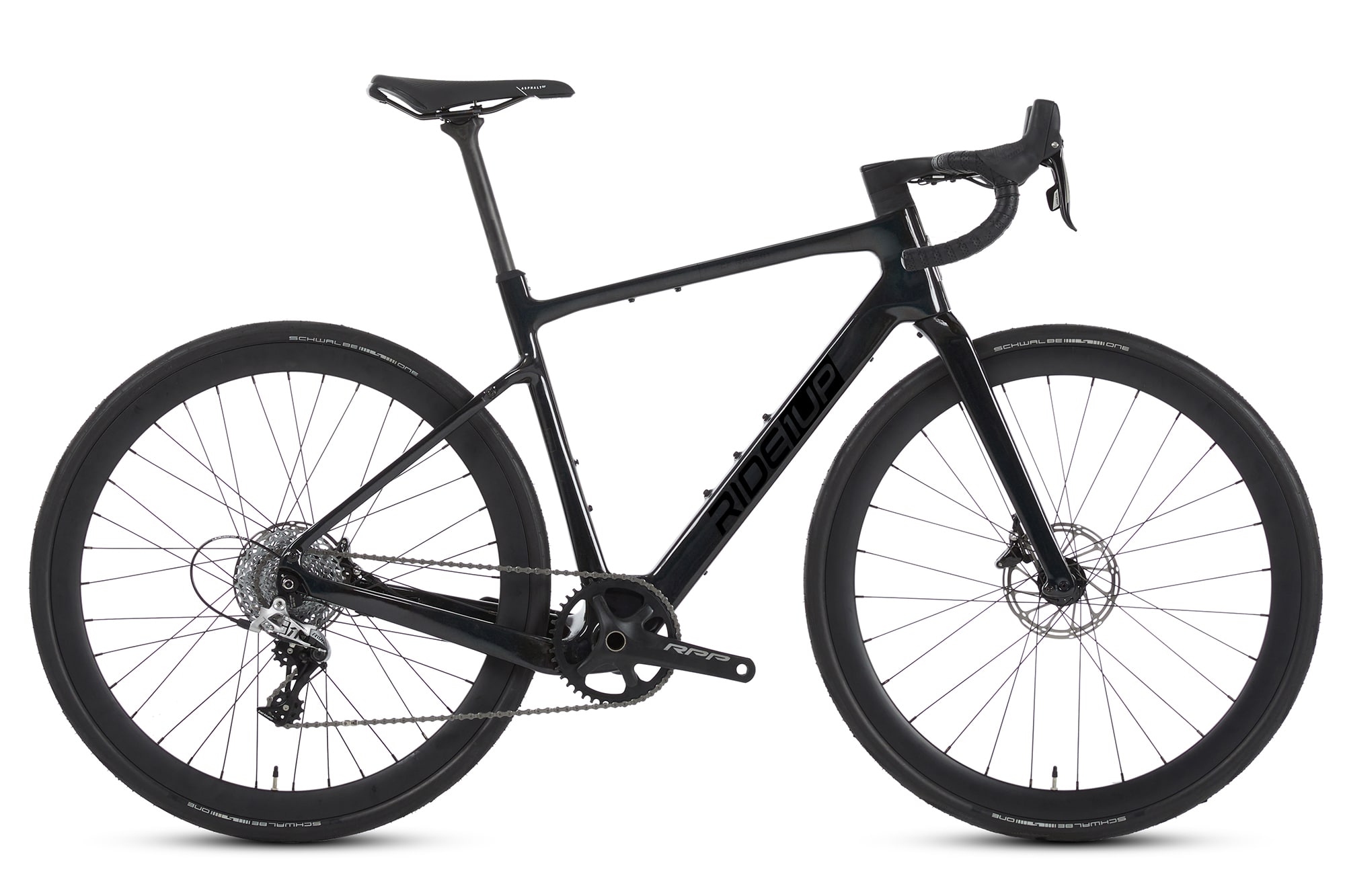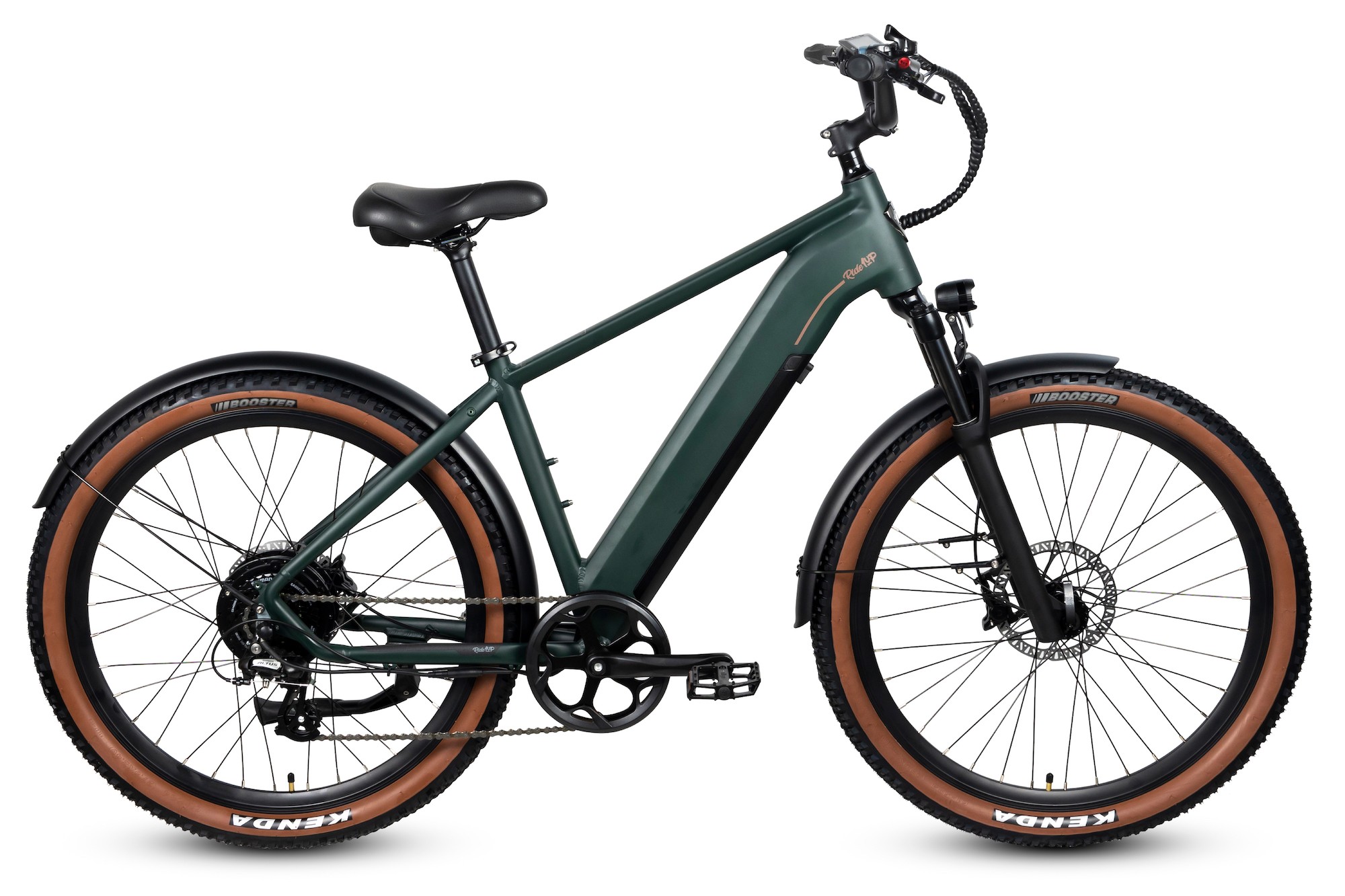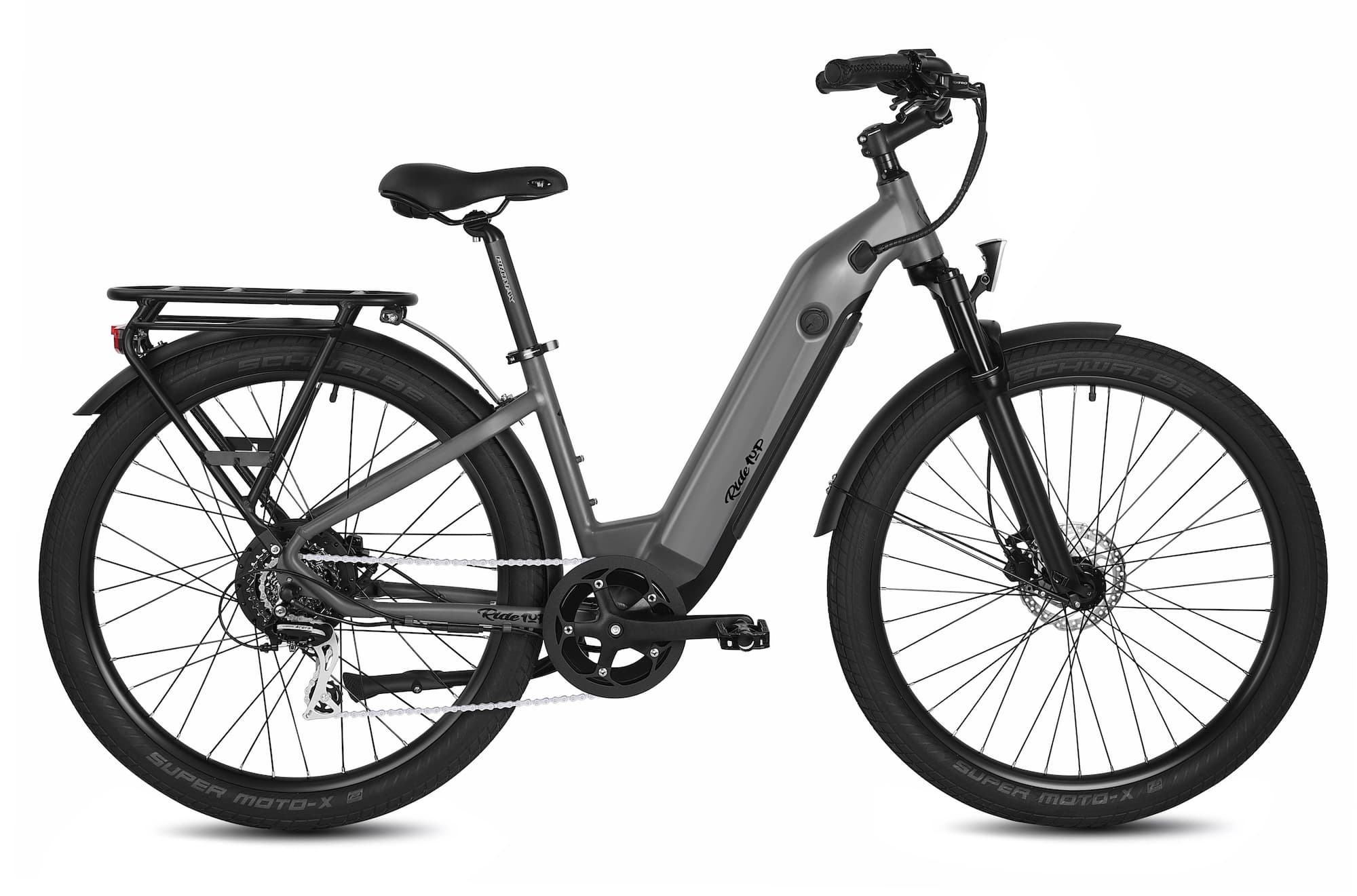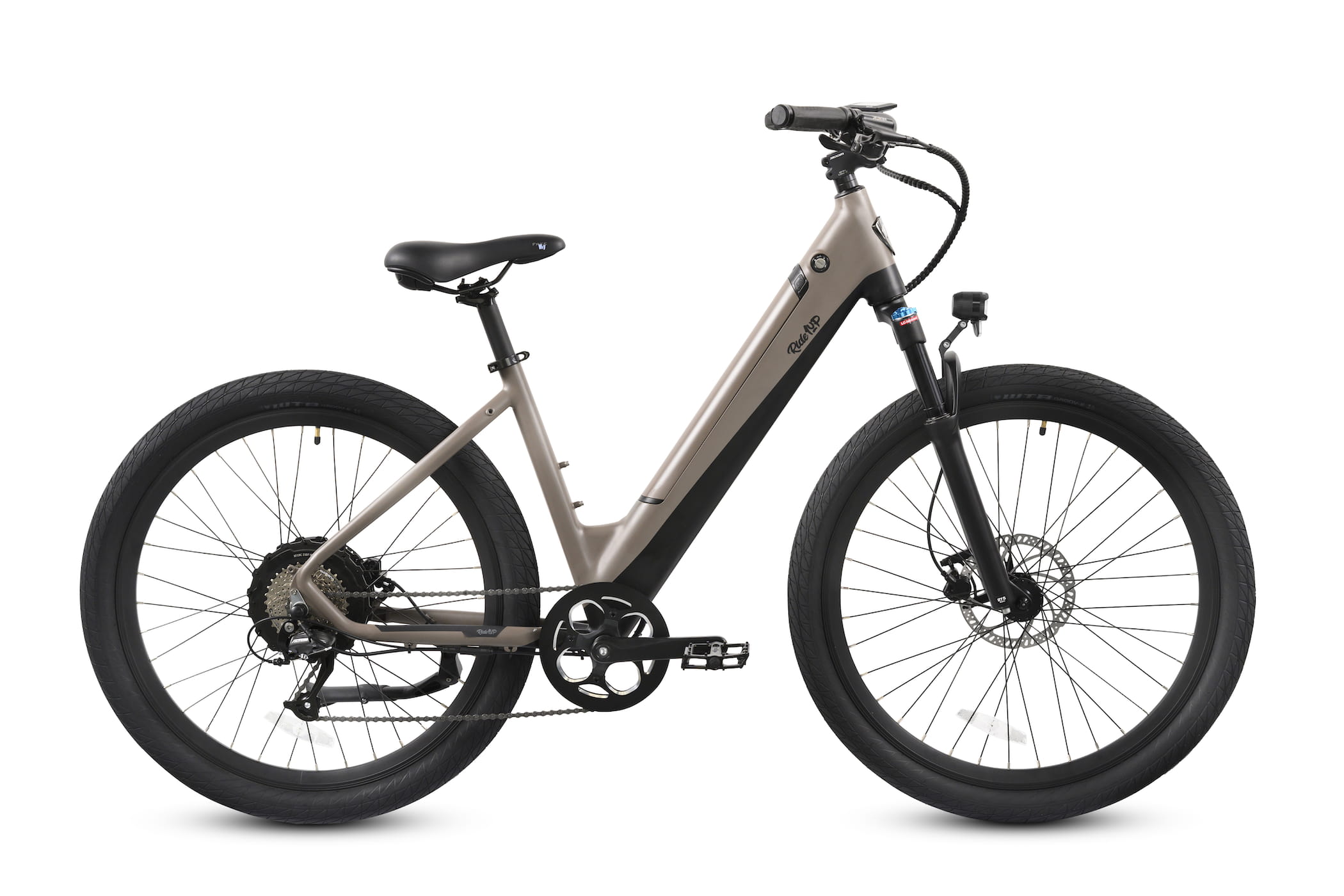How to Ride an Electric Bike
January 20, 2023
We all know the famous idiom, “It’s like riding a bike, you never forget how to do it.” If you’re considering making the switch from a traditional bike or a car to an e-bike, but worry about your safety, fear not. Riding an e-bike is very similar to riding a bike! There are even lightweight e-bikes for seniors or anyone who is intimidated by larger, heavier e-bikes.
A study conducted by Oregon Transportation Research and Education Consortium found that 60% of e-bike riders admitted they felt safer on their e-bike than a traditional bike. So, join the crowd and start to ride.
Here are some ideas for e-bike beginners to help them get comfortable:
Test Ride First
It’s easy to feel intimidated when you hear the word “electronic” or “motorized” connected with a moving object. Yet, an e-bike is still a bike. There are some key differences between riding a traditional bike, but the general idea is the same.
Some e-bike companies, such as Ride1Up, work with e-bike dealers and ambassadors around the U.S. to help riders go on a test ride before purchasing one. This way, customers can meet with an e-bike expert in-person to make sure their bike is perfectly fitted and suits their needs.
If you are testing a Class 1 or Class 2 e-bike, the pedal assistance will top off once you reach a speed of twenty miles per hour. If you are testing a Class 3 e-bike, your pedal assistance can stay engaged up to twenty-eight MPH. Make sure you know what class of e-bike you’re riding so you can anticipate its level of speed and power.
Different bikes will have different ways of delivering power. Some feel no different than riding a traditional bike (such as those with torque-based sensors), and some have powerful throttles (such as a cadence-based system) or both. If it’s your first time riding an e-bike, it is generally recommended to start at a low-assistance level until you feel more confident with speed increases.
Ride in an Open, Flat Area
E-bikes are bigger and heavier than traditional bikes. It is recommended you start riding in an area with no resistance, just to get the feel for it. Once you feel acclimated to the weight, you can turn on the assistance and ease your way into it. If it isn’t possible to start without resistance, just set the electric assist to the lowest setting and take things slow.
Because it is heavier, switching gears when immobile can be a bit difficult. You may find lifting the rear end of the bike and turning the pedals a few times will make it easier to shift into an easier gear if you come across an unexpected incline.
Know Where the Brakes Are
Don’t worry, the brakes aren’t hiding anywhere. The brakes will most likely be on the handlebars, just as with traditional bikes. Be sure to find out which is the front wheel brake and which is the back wheel brake so you don’t accidentally flip forward if you need to stop suddenly.
Test the brakes a few different times while riding. Can you use a light touch to slow down a little, or does that brief tap stop your bike in its tracks? Evaluate how the brakes are working and how sensitive they are—and make adjustments accordingly.
Rules of the Road
Before you hit the streets, be sure to have the correct gear and knowledge. Purchase a quality bike and commuter helmet, and make sure you have reflective gear and lights. You want to be visible to automobiles around you. Additionally, it’s a good idea to read up on your local laws and rules regarding e-bikes. Most areas will encourage you to stick to the bike lanes if you are riding in the street and don’t allow e-bikes on sidewalks.
Practice defensive riding. If you are riding in traffic, anticipate that other drivers can’t see you or can’t see you well. Make sure you put space between yourself and the cars. Once you have that all down, you’ll be surprised how much safer you really feel.
In Conclusion
The majority of electronic bikes are street legal, and pedal assistance tops off at twenty MPH for the majority of classes of e-bikes. You can take most e-bikes on bike trails or bike lanes in your city.
Once you know how to ride one, there are many reasons why you should switch to an e-bike, including physical and mental health benefits. If you’re wondering whether electronic bikes are even worth it, wonder no more–this is an investment you won’t regret.


